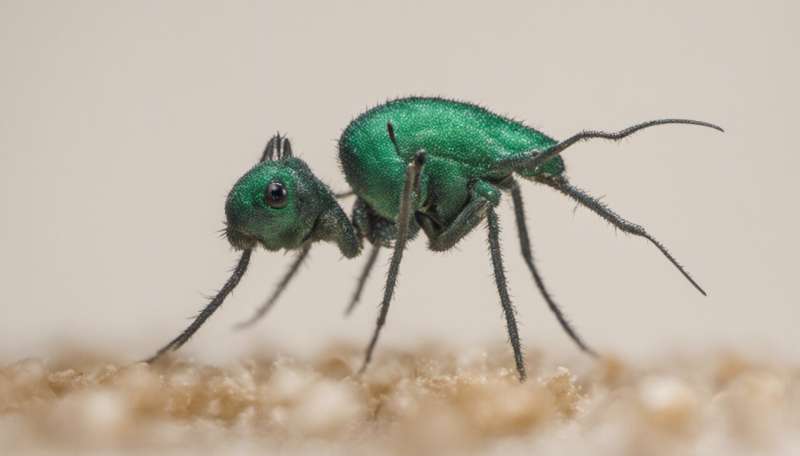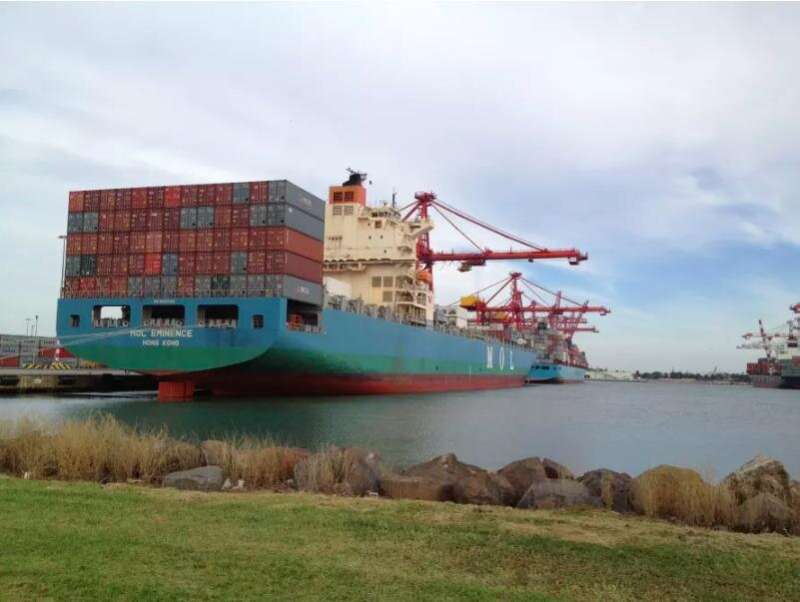The wicked risks of biosecurity: Invasive species in Australia

Invasive species have the potential to damage our economy, change our way of life and impact our wellbeing.
We have seen this in previously introduced pest species like cane toads, which are highly toxic to both domestic pets and native species, and are a common nuisance in recreational areas like swimming pools.
Currently, a pest at the forefront of many people's minds is the tramp ant—a diverse group of invasive ant species which have become established widely across the globe.
This includes the red imported fire ants that are currently undergoing eradication in Queensland. Their effect on livestock, native insects and marsupials would be devastating, sending more species to the brink of extinction and increasing farmers' production costs.
They are also a major human health concern in backyards and playgrounds, as their sting can cause a fatal anaphylactic shock in some people, similar to wasps and bees.
And hot off the press, the fall armyworm, a potentially devastating pest that isn't actually a worm but feeds in large numbers on leaves and stems, has just been detected in the Torres Strait.
How does biosecurity work?
Biosecurity is how we manage the risk of pests coming into Australia, and the activities we undertake to eradicate or prevent their spread if they arrive and establish.
The first step is understanding the risks before they arrive in Australia.
Three ongoing invasions around the world highlight the value of anticipating these risks.
These are Xyllela fastidiosa, a bacterial plant disease native to the Americas, currently spreading throughout Europe and devastating horticultural industries of historic and economic significance—such as the ancient olive oil groves in Italy.
The second is the brown marmorated stink bug that is similarly damaging to horticulture and native trees but is also a major household nuisance. This pest likes to aggregate in large numbers during winter and, in the last ten years, has become widespread across much of Europe and the U.S..
Finally, African Swine Fever – a virus that causes a hemorrhagic fever with high mortality rates in domestic pigs—could severely impact the Australian pork industry and lead to further hardships in our rural communities.
It's currently as close as East Timor and Bali.

Managing biosecurity threats
Biosecurity is incredibly complex, as each of these threats need to be managed by biosecurity agencies differently.
In Australia, the federal Department of Agriculture, Water and the Environment is responsible for managing threats before they arrive and at the border, but shares responsibility with the state departments for agriculture and primary industries once an invasive pest species is detected within our borders.
Brown marmorated stink bugs are a hitchhiker pest, meaning they can be found on basically anything that is brought to Australia, from new cars to clothes.
So, the only effective control is for all goods coming from countries that already have the pest to be fumigated.
Xylella fastidious is also being targeted, with additional testing for the disease required for imports of plant material from locations where it is known to occur.
African swine fever is most likely to come to Australia through contaminated pork products, so airline passengers carrying these goods in contravention of our biosecurity laws are being targeted by federal biosecurity officers at the border.
In the event that invasive pests get through the border, state biosecurity officers can detect incursions through post-border surveillance, reports from commercial growers or the general public.
But—short of completely suspending trade—there will always be some residual risk.
Biosecurity risks are always changing, which makes anticipating future threats and staying ahead of the game a complex challenge.
The brown marmorated stink bug only became a concern a few years ago, when outbreaks occurred in the U.S. and Italy.
It has since spread rapidly throughout Europe and North America, and each year the list of countries required to fumigate imports to Australia under federal import conditions continues to grow.
Similarly, when African Swine Fever (ASF) spread to China in 2018 it became a major concern because China is the world's largest pork producer.

ASF has since begun to spread throughout most Asia and has led to the culling of millions of pigs.
Adding to the complexity is the fact that the places pests are found is not always easily predictable.
Khapra beetles, a major grain pest, have been found in a wedding dress, and brown marmorated stink bugs in a vintage computer (history does not relate whether the computer was an Apple).
How can we improve biosecurity?
Biosecurity is a shared responsibility, and community engagement with our biosecurity system is essential.
Actively conducting surveillance can be expensive and challenging for most species, and agencies rely on an informed general public, from farmers to backyard gardeners, to report unusual pests, weeds and signs of disease.
An early report can make the difference between something becoming establishing or being eradicated.
The Asian black-spined toad, a close relative of the cane toad, has been discovered in Australia by members of the public a number of times, and these early reports allowed agencies to react quickly, enabling successful eradication.
Biosecurity benefits all Australians, and failures have the potential to fundamentally impact our lifestyles and economy.
As our world becomes increasingly connected, passenger and cargo volumes are increasing exponentially but the resources allocated to biosecurity remain stagnant.
The only way current levels of risk management can be maintained, is to do more with less, and that means being much, much smarter.
Sustainable funding of the biosecurity system will allow the kinds of long-term investments into infrastructure and data capture that will be essential to make our efforts more targeted and effective.
Our biosecurity system of the future needs to reward behaviour, and our management activities should be designed to verify its health and to target those people who are breaking the rules.
Provided by University of Melbourne



















